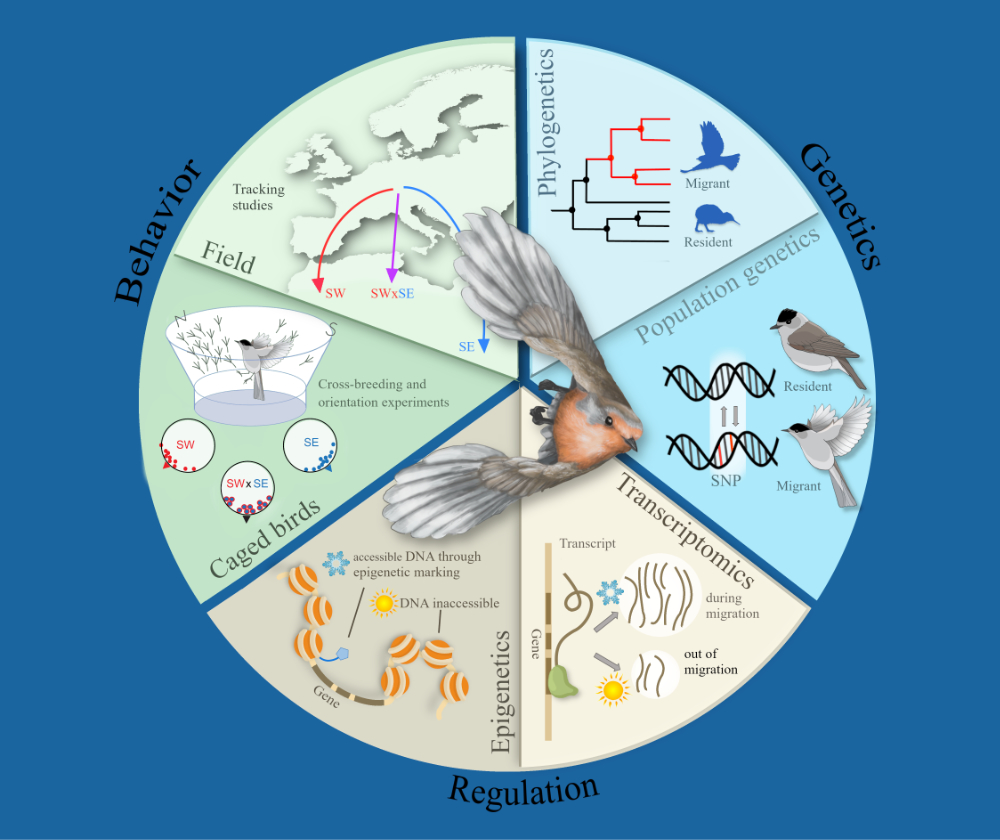Speaker
Description
Seasonal migration is both a movement behavior and a substantial investment of time and energy into overwinter survival. Migration therefore potentially affects the evolutionarily consequential processes of dispersal (movements between breeding sites) and life history allocation (the trade-off between survival and reproduction). I examined evolutionary consequences of seasonal migration by comparing population genetic patterns in an assemblage of 34 North American boreal bird species. These species are an excellent comparison system for assessing effects variation in migratory strategy at the species level because they are co-distributed on their boreal breeding grounds, yet they show a wide range of migratory strategies ranging from residency to long-distance migration to South America. I generated population genomic datasets from across the boreal region for each of the 34 species using low-coverage whole genome sequencing. Using these data, I found that non-migratory species tend to show stronger structure than migratory species, which suggests that non-migrants experience greater dispersal limitation than migrants. However, genetic structure was unrelated to migration distance, and some of the longest-migrating species displayed as much structure as non-migrants. In these species, migratory site fidelity produces similar effects on spatial genetic patterns as dispersal limitation. I also used mitochondrial coding sequences from this dataset to demonstrate that seasonal migration distance correlates with molecular evolutionary rates. Across many lineages, animals on the “slow” end of the slow-fast life history continuum (which have high survival and low annual fecundity) tend to show slow molecular evolutionary rates, perhaps due to long generation time or reduced mutation. Long-distance migrants in the boreal region display slower life history than short-distance migrants because they sacrifice time on the breeding grounds in favor of long journeys to warm climates, which favor overwinter survival. I found that long-distance migrants have correspondingly slower molecular evolution in their mitochondria than short-distance migrants. In other words, the effects of migration on life history extend to the evolutionary rate of the genome. Overall, my comparative analyses reveal that the interplay between migration and genetics operates in both directions. At the same time that specific genes shape the migratory behavior of individuals, the ecological trade-offs inherent to migration can also feedback to shape genome-wide patterns of evolution in populations.

